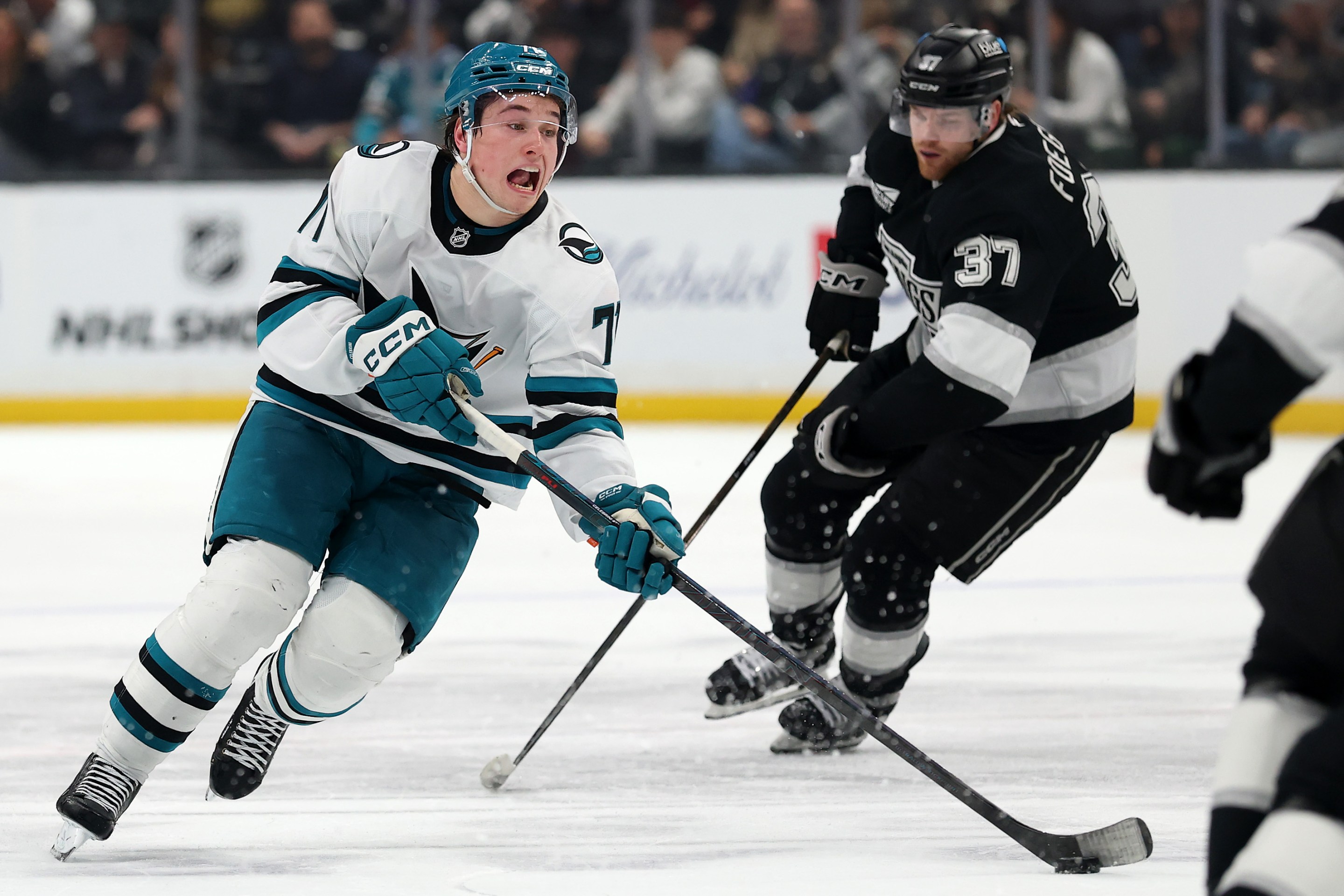Beefed-up, slow-playing Bryson DeChambeau smoked the field at the U.S. Open last week, wrapping up his win Sunday as the only player under par and a whopping six strokes better than the next man. DeChambeau conquered Winged Foot, configured to punish as brutally as possible all imprecise play, by cranking the ball a jillion miles off the tee, ignoring the fairways, and reaping the benefits of just ... being closer to the greens than everyone else. Smart!
Whether this brute-force victory qualifies as an inflection point in the way golf is played among professionals, what it for sure was was a savage own of the individuals who specifically set out to thwart bombers in the preparation of this course for this event. DeChambeau and second-place finisher Matthew Wolff, who combined to hit a total of five fairways on Saturday, bombed Winged Foot to hell. "[T]hey just made the fairways too small this week to have it be an advantage for guys hitting the fairway," explained DeChambeau after hitting just nine of 28 fairways across the final two rounds. "If you’re going like a yard wide nobody's hitting the fairway. OK, length's going to win."
The numbers back up DeChambeau's point: Players hit just 39.6 percent of fairways across the tournament, the lowest percentage on record; even players who played it safe found that well-placed tee shots would still trickle off of Winged Foot's tiny fairways and into its ankle-deep rough, leaving them with longer approach shots than the bombers but from the same dismal cabbage. It doesn't take big-brained game theory to note that a course that forces all players to play primarily from the rough gives an even bigger advantage to guys who can at least play from rough that is closer to the dang green.
The term among golf-knowers for maximizing distance from the tee and then smashing your way out of the rough is "bomb and gouge," and the U.S. Open, the most punishing of golf's majors, is traditionally configured to crush this style of play (and also all others, so that the person with the trophy at the end is a humbled, hollowed-out shell of his former self). It's a defeat of an entire theory of golf for a U.S. Open course and field to be conquered so convincingly by a guy who hit just 23 of 56 fairways across the tournament. As you might expect, the keepers of that theory of golf are trying to wrap their heads around what it means for the future of the sport that a course tuned to maximum difficulty was dominated by a guy who did not spend quarantine refining the nuances of his game, but instead spent it growing big honking muscles in order to smash the puny ball over the horizon.
Golf Channel analyst Brandel Chamblee described the implications of DeChambeau's win at Winged Foot as "seismic," and predicted that either the way the game is played or the equipment it's played with, or both, will be changed forever. The staff of Golf.com wondered whether fairways and rough even matter anymore, and posited that glass-like greens might be "the last line of defense" against the new breed of sluggers. Golf Digest noted the alarm sirens wailing "within the souls" of golf purists everywhere. The BBC asked whether it might be time again for official intervention, a position the USGA seems to share after its Distance Insights Project declared in February that "the continuing cycle of ever-increasing hitting distances and golf course lengths" should be brought to an end. It would appear that a consensus is forming that an updated form of Tiger-proofing is required in order to prevent golf from being dominated by players who, ah, hit the ball farther than their opponents.
It's worth pointing out, once again, that measures taken in the recent past to reduce the importance of length failed and backfired outrageously. The PGA Tour and the USGA responded to the ascendance of Tiger Woods in the early aughts by lengthening courses, with an eye toward calibrating par to Woods's then-unprecedented shot distances. This Tiger-proofing did indeed bring Woods’s scores closer to par, but what it really did, for the sport, was push everyone else further from par in the wrong direction, and made it impossible for anyone who couldn't crush the ball off the tee to compete. Golf observers have been lamenting this error for more than a decade; interestingly enough, many of the second-pass distance-proofing measures proposed over the years—narrow, winding holes, devastating hazards, punishing rough—are featured at Winged Foot, and as DeChambeau proved, are still better handled by players who can gobble up more of the hole on their first swing.
Evident in the fretting over distance is the awkward notion that feats that could not have been accomplished in the 1950s are, bizarrely, evidence of a degradation in the quality of play, and not the opposite. Golf.com senior writer Michael Bamberger expressed a version of this take, saying that the game as played by DeChambeau and the other bombers "requires less finesse and is less interesting" than it could and should be. Concerns over optimization selecting out and deemphasizing some of the heroics that make a sport aesthetically interesting are not remotely limited to golf: Swing planes and a reassessment of the value of an out have taken some of the speed and grace and spontaneity out of baseball; the maximization of chunk gains and scoring opportunities has reduced NFL running backs from gods to disposable accessories; basketball aesthetes breath a sigh of relief every time James Harden's Rockets are bounced from the playoffs. Some form of optimization is coming for every sport on earth. The best you can hope for is that your sport's optimization looks more like The Greatest Show on Turf and less like Moreyball.
If DeChambeau and the triumph of bomb-and-gouge golf are the product of optimization, it's also true that they are specific consequences of golf's earlier, absurd efforts at deemphasizing strength and length. Golf sought to artificially make Tiger's scores look more like Nicklaus's scores, and what it wound up with is a generation of golfers who came up in a world where the only way to compete is to train for distance. Golf wanted to maximize the consequences of imprecision, and what it wound up with is a condition where being short and off is exponentially, fatally worse than being long and off. It may just turn out that it is not possible for a sport based on whacking a ball off into the distance to deemphasize whacking the ball a long way, without becoming something unrecognizable.
Seems like the thing to do is to give up on the idea of leveling the playing field between modern players and players from the game's past, and also to give up on leveling the playing field between players who hit the ball far and players who do not. The game is hitting the ball! A hitting-the-ball game should allow that players will get better at hitting the ball over time, and it should reward the players who are the best at hitting the ball. Bryson DeChambeau isn't changing the hitting-the-ball game by hitting the ball far, he is simply playing the hitting-the-ball game better. The future player who someday makes him obsolete will not be a shrimp who dinks his way up the course with maximum finesse. It will be someone who crushes the ball a long way and is also more accurate, and better around the greens, and a better putter. That's fine! And it's fine for the bombers to have their day while the rest of golf catches up.






